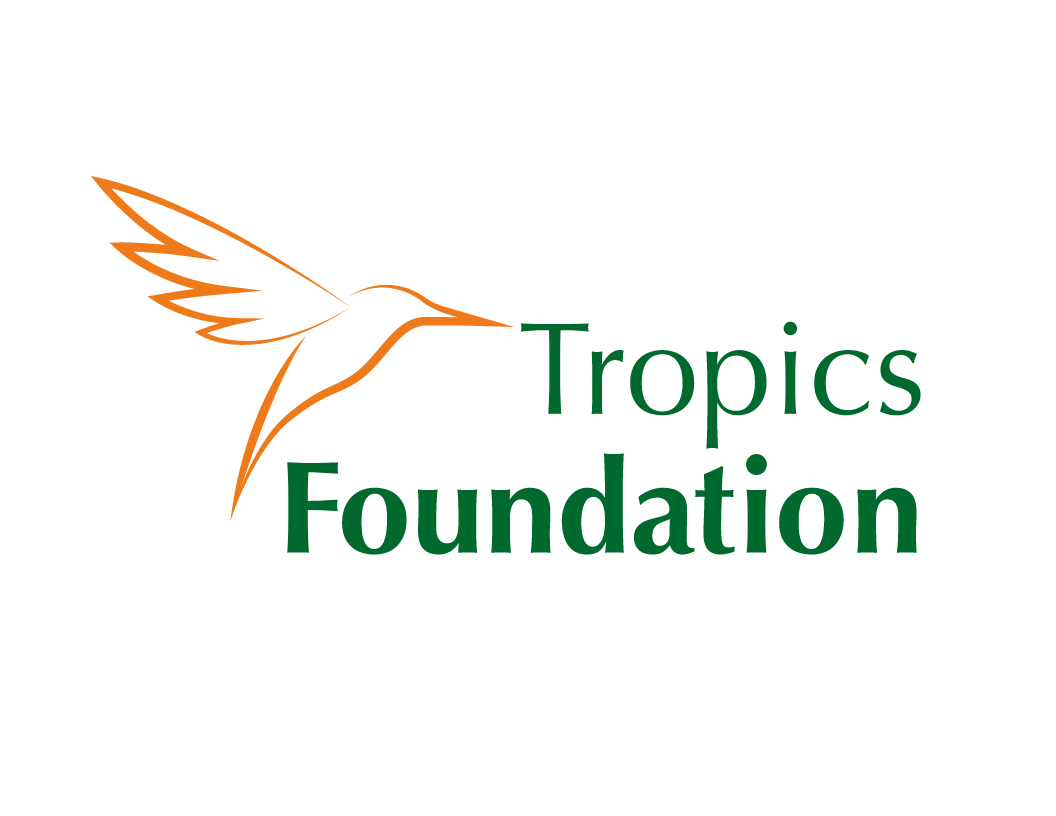
CATIE’s coffee collection: an insurance plan to protect your morning cup
Coffee plays a significant economic role globally and makes a significant difference to the lives of millions of people around the globe. Across Mexico and Central America, an estimated 4 million people depend directly on coffee for their livelihoods. While coffee production has grown steadily over the past 50 years, ongoing challenges include high production costs, low prices paid to producers, the incidence of pests and diseases, and the impact of climate change, all of which threaten this global treasure.
An irreplaceable source of treasured diversity.
The diversity of coffee (and its wild relatives) acts as an insurance policy against the challenges facing coffee today. For over 70 years, The Tropical Agricultural Research and Higher Education Center (CATIE), located in Turrialba, Costa Rica, has been the custodian of the Western Hemisphere’s only internationally recognized collection of coffee diversity. CATIE staff have painstakingly safeguarded this unique diversity in the form of coffee trees in the field sharing it with breeders, farmers and other users all over the world. Unfortunately, the collection is now at risk due to aging trees, insufficient funding, and a limited backup system. With the support of Crop Trust, an in-depth study of CATIE’s international collection was completed in 2020.
Read the Case Study for Support of the Coffee Collection
Read the Crop Trust Report
Learn about collaboration with USDA
Spotlight: CATIE’s coffee collection
-
CATIE is home to nearly 2,000 accessions made up of principally commercial coffee species: arabica coffee (92% of the total), both wild and cultivated, followed by robusta coffee (4%), and C. liberica (1%). The remaining 3% includes such wild species as C. sessiliflora, C. brevipes, C. pseudozanguebariae, C. eugenioides, C. racemosa, C. salvatrix and C. congenisis. Of these accessions, 1,104 represent the most diverse and high-value material.
Facts & Figures
—The coffee collection was established in 1949
—It is the fourth largest coffee collection in the world and the only one under public domain
—It is the most diverse collection of Coffee arabica in the world that Is available to any user
—It is the only one of the four “Origin” collections outside the African continent
-
In Latin America, the most commonly used commercial coffee varieties have quite narrow genetic variability. In 1991, CATIE, CIRAD (a French agricultural research and cooperation organization) and the Central American coffee institutes (PROMECAFE) started the Regional Genetic Improvement Program. The main objective was to create a larger genetic base for the Coffea arabica species and produce hybrids that are agronomically and commercially promising. Several high-potential hybrids have been developed with excellent cup quality. One of them won the Cup of Excellence in Costa Rica in 2016. Three of them - Centroamericano, Milenio and Esperanza - show greater tolerance to coffee leaf rust. The most promising materials have been released in Central America and are already on the farms of thousands of producers, improving the livelihoods of coffee growers in the region.
-
In the CATIE collection there are more than 800 wild accessions and also some “heirloom” varieties that currently present outstanding agronomic characteristics of tolerance to diseases and particularly excellent cup quality. These include ET-47, ET-61, Rume Sudan, SL-28 and Wush Wush among others.
-
CATIE’s Biotechnology Laboratory, in collaboration with French technical cooperation (CIRAD), developed and validated an in vitro propagation technique for F1 hybrids using somatic embryogenesis. These efforts have been crucial in the multiplication of these materials for their distribution and evaluation in Central America. With coffee, indirect embryogenesis, or high frequency somatic embryogenesis is used to culture leaf segments characterized by the proliferation of embryogenic cells and the formation of embryogenic callus masses (callogenesis) that contain globular somatic embryos. Subsequently, these embryos continue embryogenic development until they become complete plants, if they are given appropriate culture conditions.
What’s so special about Geisha?
In the 1930s, near the Ethiopian village of Geisha, the British Ambassador selected several types of coffee cherries for research. One of these, Geisha, made its way to the CATIE collection in the 1950s. In the 1960s, the variety was introduced to Panama from the CATIE collection. It represented a milestone for coffee growing in the region as, in the Boquete area of Western Panama, it found an agroecological niche ideal for expressing its floral and sweet organoleptic notes. A highly sought after varietal, Geisha reached a price of $1,300 per pound in Panama in 2020. At the last eight finals of the World Brewers Cup, almost every time, Geisha has ranked among the top six best-brewed coffees in the world. In addition to Panama, Geisha is produced in Costa Rica, Colombia, Honduras and Guatemala.
Click the image








